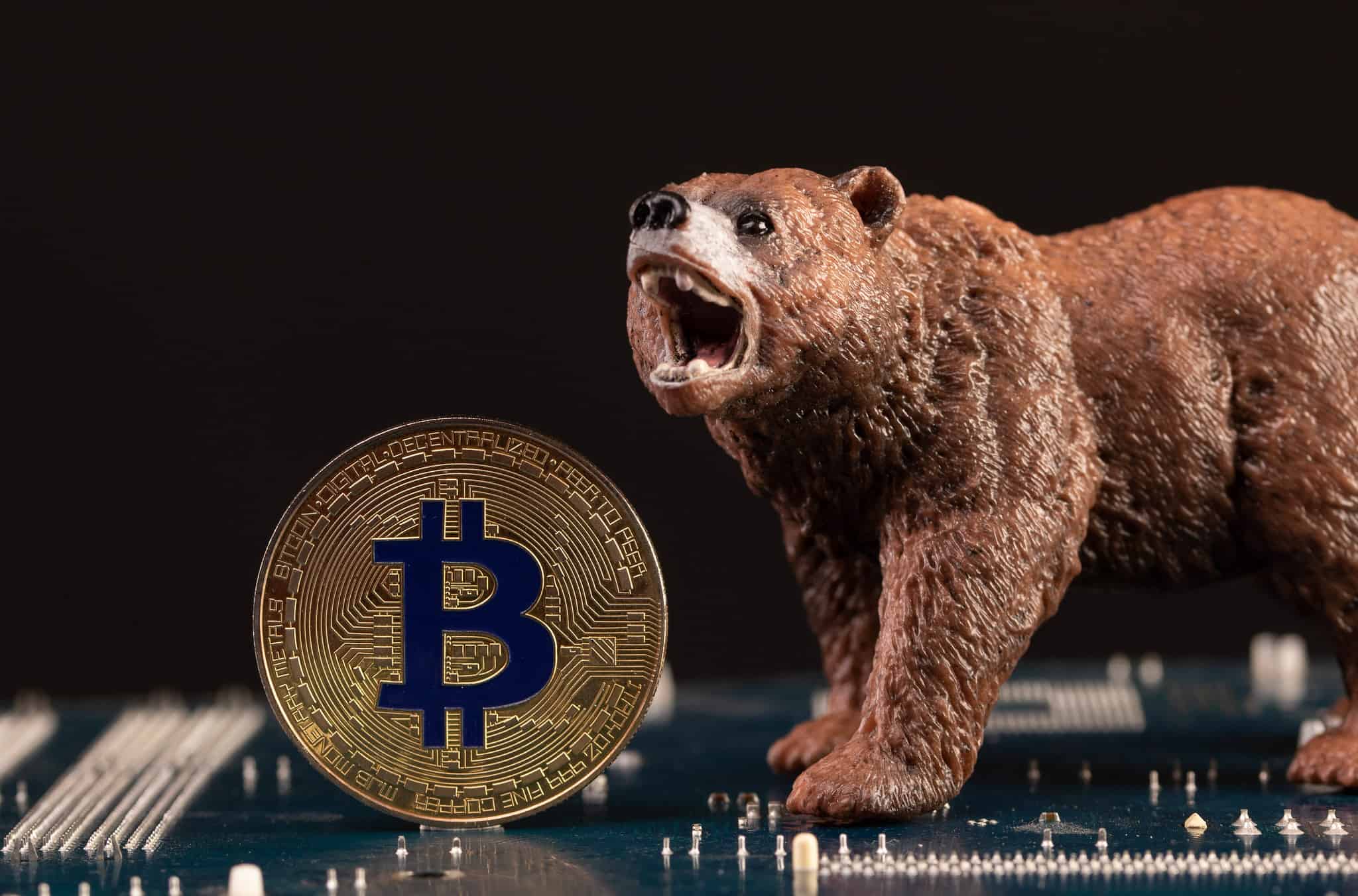
This is further supported by the fact that around 40% of all ETH stakers have a negative ETH PnL, meaning they are holding ETH at a loss. It’s worth noting that when there are more withdrawals than deposits, it typically indicates a bearish sentiment among investors, as they sell their holdings in larger quantities than they are buying. ETH’s net inflow since the Shanghai upgrade. Furthermore, 36% of all ETH staking withdrawals originate from Kraken. Inspired by Curve Yearn is following the lead of automated market maker Curve Finance, with the revamped tokenomics intended to limit liquid supply and foster long term price appreciation. In particular, Kraken, Coinbase, and Huobi have all seen a decline in their market share in the past month. YFI is trading 35 higher since the vote closed on Dec.

This also puts an unnecessary buy pressure on YFI which impedes natural price discovery. In addition to centralization and increased market risks (putting all eggs in one basket), people will receive less rewards because of slippage. One reason for this low staking ratio is that other blockchains have a more concentrated token distribution, with insiders, team members, and early investors actively staking for rewards.Īccording to DeFi Ignas, recent data suggests that the staking landscape is shifting, with some major players losing market share and a significant amount of ETH being withdrawn from staking platforms. It’s appropriate for a YFI vault, not for governance staking. The withdrawal fee is straightforward: it applies to depositors withdrawing funds from services on Yearn. There might also be higher rewards staking elslewhere, but also higher risk. These fees are then redistributed to YFI holders staking on the governance platform. Staking in governance is pretty safe and pays ok right now, and if the governance contract fails your YFI is worthless anyway so it doesnt usually make much sense for any large holder to not do that as opposed to just keeping it in the wallet. This is despite offering a competitive ~4.5% APR. Specifically, yVaults have a 0.5 withdrawal fee and a 5 performance fee on subsidized gas. However, as DeFi Ignas points out, Ethereum’s staking ratio currently stands at just 14.8%, the lowest among major blockchains. Stake YFI Earn Rewards Best deal for staking yearn.finance We found for you the best exchange to stake yearn.finance.
#YFI STAKING FREE#
In those vaults, 圜RV is currently listed as the highest earning investment on yEarn, with aLINK in second place at an extrapolated 60% APY.Įrgo: from a dispassionate POV, depositing 圜RV and aLINK will yield you your highest possible immediate returns, which you are then free to take the interest from these deposits to stack more YFI, and then stack those YFI further by depositing it in the yYFI vaults.570% up to 12 BTC + 300 Free Spins for new players & 1 BTC in bonuses every day, only at Wild.io. In those vaults, your original coins may be converted into other coins several times in a day in the chase for optimized yields.

We’ll be going over a few YFI wallets that are highly recommended by Traders and Investors.
#YFI STAKING SOFTWARE#
The yVaults are getting the highest possible yields in DeFi, because our vault funds are algorithmically going for the best deals regardless of the type of crypto. Yearn Finance is an ERC20 token operating on the Ethereum blockchain which allows it to be stored on a wide range of wallets of both the hardware and software variety.
#YFI STAKING HOW TO#
The platform rewards users for providing liquidity or depositing their virtual currency on the platform to ignite lending. How to Earn YFI There are several ways to earn YFI tokens, including Staking - You can use your existing crypto to help validate transactions on a blockchain in exchange for rewards paid in YFI tokens. Unless you’re going to turn 圜RV interest (currently listed as an extrapolated 100% APY) into YFI, the easiest way to earn YFI is to stake it in the vaults, where is something like an extrapolated 9% APY. Yearn is a decentralized protocol aimed at powering blockchain-based finance, commonly referred to as decentralized or distributed finance.


 0 kommentar(er)
0 kommentar(er)
